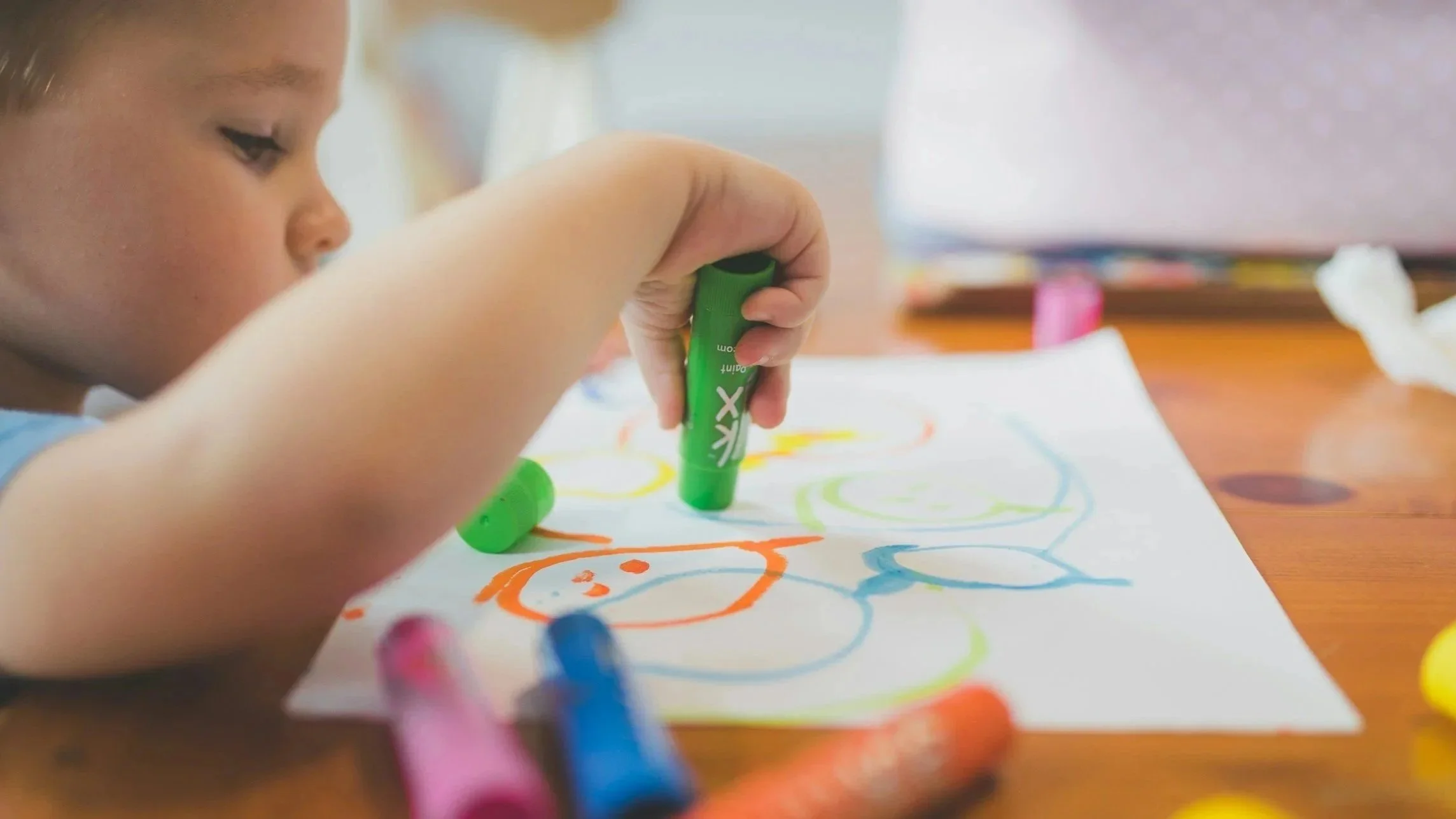Specialty Areas
Articulation & Phonology
Do you sometimes find it hard to understand your child, almost like they’re speaking their own made-up language? Does your child have trouble making certain tricky sounds, like their /l/ and /r/ sounds? Does their lisp seem to stick around, even after some practice or speech therapy? Does it sound slushy and you’re not sure why? Or maybe your child leans heavily on just a few sound like /t/ or /d/, and isn’t yet sure when or how to use other sounds in words.
These concerns likely fall under the umbrella of speech sound disorders, which includes articulation and phonology. These are the skills that help a child to make sounds clearly. Articulation is how individual speech sounds are produced by coordinating your articulators (ie, lips, teeth, tongue, jaw, etc.) which can often result in sound error distortions (ie, /r/ sounds more like a /w/) while phonology addresses patterns of sounds and rules in speech (ie, when certain speech sounds are consistently used in replace of appropriate sounds like ‘tat’ for ‘cat’, ‘tup’ for ‘cup’ or ‘tootie’ for ‘cookie’). Sometimes these difficulties are a part of typical speech sound development while other times they are not.
The approach to intervention will depend upon whether the speech sound errors are rooted in articulation or phonology and this will be determined during the initial evaluation through a dynamic assessment designed to provide a differential diagnosis. Although the approach will differ based upon the diagnosis, all approaches are designed to help your child to pronounce sounds & words correctly, understand the rules for how sounds are used, and ultimately, to speak more confidently.
Childhood Apraxia of Speech
Do you notice your child saying their favorite word in different ways each time? For example, the word cat might sound like kah, cot or kite instead. Are their vowel sounds a little tricky, or does it seem like they’re working extra hard to get a word out? Have they started using grunting and/or gestures like pointing, reaching, or shaking their head more often, because it feels easier than talking? Or maybe your child has been in speech therapy because they are difficult to understand, but you’re not seeing the progress you hoped for.
These concerns likely fall under the umbrella of speech sound disorders, which includes motor speech disorders, such as Childhood Apraxia of Speech (CAS) or Dysarthria. While Dysarthria is difficulty with the motor execution of speech due to muscle weakness, CAS is difficulty with the motor planning and programming of speech. CAS is not considered a part of typical speech sound development and often requires consistent intervention. CAS specifically differs from articulation and phonology in the sense that the focus of intervention is on the consistent, accurate and fluid movement of speech rather than on specific sounds in isolation or rules for how sounds are used. You might notice your child has difficulty saying the same words or vowels in the same way every time (ie, mom might sound like mam, mum, or mo in one sitting) and may have an inconsistent tone or difficulty saying longer words.
The approach to treating CAS is rooted in principles of motor learning (PML), or the understanding that your child’s speech muscles need movement practice. The approach I use is called Dynamic Temporal and Tactile Cueing (DTTC) which is an evidence-based approach. While this typically involves frequent, shorter speech therapy sessions throughout the week, this intervention is heavily backed by research and can be very effective. If your child has CAS, trying a new approach that targets the root cause of your child’s communication disorder may be the difference between frustrating communication and confident communication.
Fluency
Does your child repeat sounds or words over and over when they’re trying to talk? Do they sometimes have trouble getting their words out? Do they ever seem to get ‘stuck’ on certain words or phrases? Or maybe they’re speaking so quickly that it’s hard to understand what they’re saying and/or they don’t have any idea that others are having trouble understanding them.
These kinds of challenges are often part of what’s called a fluency disorder, or one’s ability to produce fluent, smooth speech. Sometimes a fluency disorder can be developmental in nature, and other times it may persist into adulthood. There are two types of fluency disorders: stuttering and cluttering. In simple terms, stuttering is speech getting stuck on its way out of your mouth, making speech difficult or effortful while cluttering is difficulty organizing your thoughts during speech due to speaking too quickly or irregularly, making speech difficult to understand. While some children want to focus on ways to speak more fluently, others want to focus on increasing their confidence when stuttering and embrace their verbal diversity. And oftentimes, therapy focuses on a combination of both goals!
Fluency therapy covers a wide range of approaches, but it all begins with a neuroaffirming start (see the FAQs section for more information on this concept), by asking you and your child what you’d like support with and how stuttering and/or cluttering impacts you and your child. This includes, but is not limited to, helping your child reduce dysfluencies, accepting that they do stutter and/or clutter and increasing their confidence when speaking. What’s important to you and your child is important to me.
Early Language/Intervention
Does your child get upset easily when they are unable to tell you what they want? Do they often resort to tears or give up trying, as a result? Do they use a limited number of words or no words at all? Do they struggle with early communication skills, such as pointing, observing, or copying you, either when speaking or during play? Or maybe you’ve heard the term late talker and aren’t quite sure what that means. If your child is speaking less than you expected, it’s natural to feel unsure or even worried. While it can be tempting to wait and see, getting support early makes a big difference in helping children catch up and successfully communicate.
These concerns likely fall under the umbrella of early intervention, which includes early language delays and/or disorders. Difficulties can be rooted in your child’s understanding of language and/or their ability to express themselves effectively.
Before words, children begin to develop language by observing, copying, and connecting with others. Delays or difficulties with these pre-linguistic skills can impact how your child communicates their needs, wants, and ideas, and how they interact socially with others.
Early Intervention covers a wide range of speech and language skills, but it all begins with play. Children learn best through play which is why every session I have with these littles is play-based and child-led (see the FAQs section for more information on these concepts). By incorporating your child’s interests and strengths into every session and focusing on connection over compliance, the goal is for your child to lessen their frustrations and fill their communication toolbox with new skills and emerging confidence.



